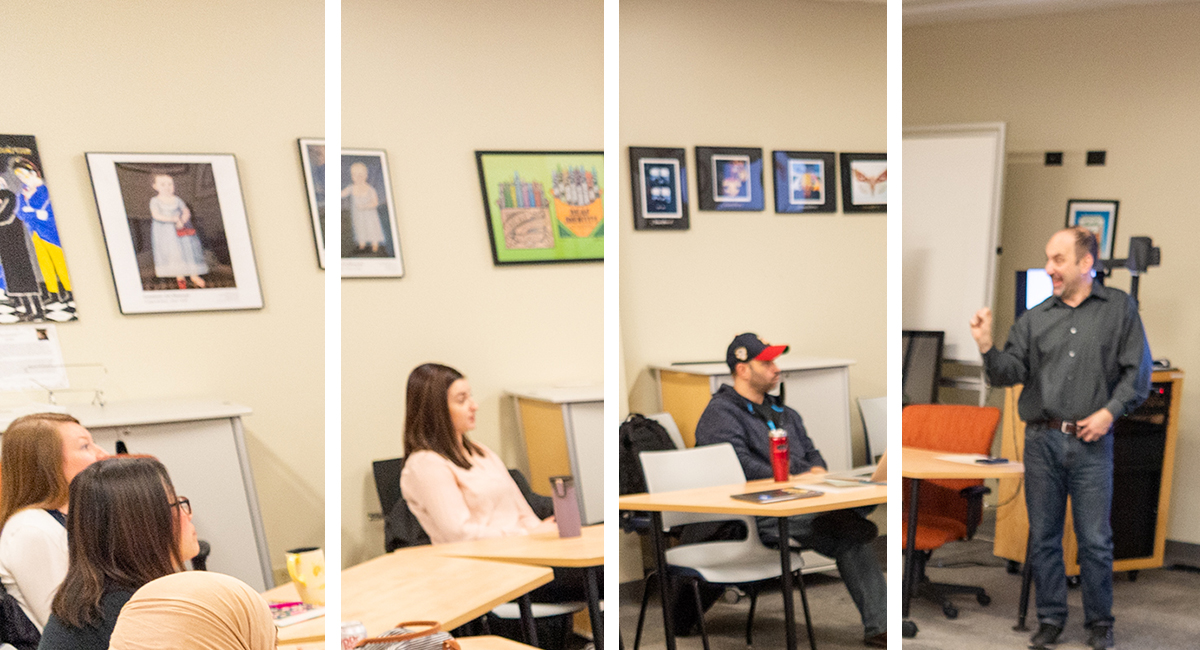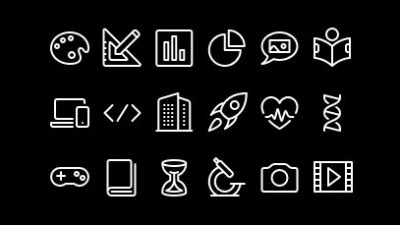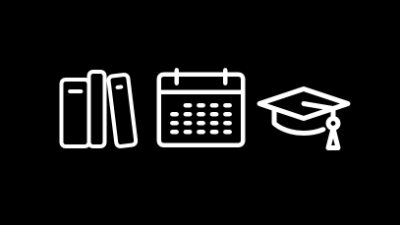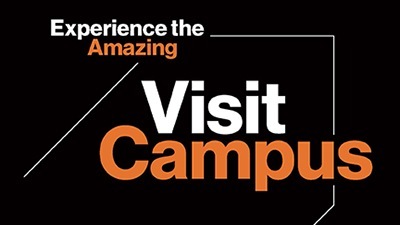RADSCC - American Sign Language

American Sign Language
RIT ASL and Deaf Studies Community Center
RADSCC Hours:
Mon-Fri 9am-5pm
Location:
Classroom: WAL-1660
Office: WAL-1661
What is ASL?
American Sign Language (ASL) is the fourth most-studied foreign language on U.S. college campuses. ASL is a visual language that involves the precise use of the hands, body, and facial expression to convey linguistic information. It has its own grammar and syntax rules. ASL is not a universal language, but is used by many deaf and hard-of-hearing people in the United States and parts of Canada.
Deaf people in the U.S. have used sign language to communicate ever since there were deaf people in this country. American Sign Language began to be standardized in 1817 when the American School for the Deaf opened in Connecticut. Graduates of the school who moved to other states took ASL with them, expanding its use to other communities.
At RIT, interest in studying ASL has exploded in the past few years. Members of the RIT community can study ASL for foreign language credit as well as informally through classes and programs for students, faculty, and staff.
RIT ASL History
History of American Sign Language (ASL) at RIT
1968
- Basic sign language instruction is offered to RIT faculty and staff prior to deaf freshman students arriving at RIT.
- The first freshman class enters NTID.
1970
- Free University is established to offer courses in manual communication to RIT faculty, staff, and students.
- Faculty/Staff Sign Language Program is established.
1974
- "It’s a Deaf, Deaf World” experiential workshop is offered for the first time. This workshop continues to be successfully conducted for groups of professionals and community people who have indicated an interest in deaf people.
1982
- AAS degree in Sign Language Interpreting offered
1983
- NTID professors develop and publish the Basic Sign Communication curriculum.
1985
- The American Sign Language Lecture Series is inaugurated.
1988
- The RITSign program is established to provide students with the opportunity to learn ASL from their deaf peers.
1992
- RIT establishes the Summer Provost ASL and Deaf Culture Program for RIT faculty and staff.
1993
- Dr. Albert Simone is the first RIT president to take a formal ASL course. Professor Sam Holcomb provides tutoring to prepare Dr. Simone to deliver part of his inaugural address in sign language.
- BS in Sign Language Interpreting offered
2000
- NTID produces The American Sign Language Vocabulary CD-ROM dictionary.
- RIT’s Center for Residence Life establishes the No Voice Zone to teach residents ASL and Deaf culture and to provide entertainment and social opportunities.
2002
- NTID develops and publishes the American Sign Language Video Dictionary & Inflection Guide.
2006
- Signing in Public Spaces committee established
2007
- Dr. William Destler, RIT’s new president, takes private ASL instruction from Sam Holcomb and continues the tradition of signing portions of his commencement address in ASL.
- RIT offers ASL courses to College of Liberal Arts students for modern language credit.
2009
- ASL and Deaf Culture are showcased at the first IMAGINE RIT festival.
2010
- NTID faculty members develop and publish the ASL at Work Teacher's Manual and Student Text.
2011
- The RIT ASL & Deaf Studies Community Center (RADSCC) is opened in the Student Alumni Union.
2012
- New Signers Program offered to newly accepted Deaf and hard-of-hearing students who have little or no prior skills in ASL and want to develop their skills in sign language to better communicate at RIT/NTID with students, faculty and staff members who use sign language.
2013
- The RADSCC moved to its new location in the Wallace Library.
2015
- ASL club was established. B. Schertz as the first club advisor. Fall of 2016-2017—Leisa Boling as the next club advisor.
2017
- Monthly The 2-5-8 Series began.
2018
- The Shining Beacon, editor James McCarthy published in time for NTID’s 50th Anniversary Reunion
2019
- Fall Semester: ARTiculating Deaf Experiences Conference; performance: People of the Third Eye
2023
- New RADSCC in the Wallace Library/SHED under construction
ASL Courses
RIT offers ASL courses in seven different tracks, both credit and non-credit. To determine which track fits you, visit our ASL Courses Wizard.
RIT's ASL courses may be found on the Student Information System site (public links at the top do not require login).
Deaf associate's level students in the College of NTID should search for NASL 190 ASL I (4-credit course).
Deaf and hearing bachelor’s, master’s, and doctoral students who do not know ASL should search for Course Subject MLAS 201 Beginning ASL I (4-credit course) or ASLC 211 Introduction to ASL and Deaf Culture I(2-credit course).
Deaf and hearing bachelor’s, master’s, and doctoral students who know some ASL should contact Sandra Bradley (spbnss@rit.edu) for a course placement interview.
RIT offers ASL courses for:





